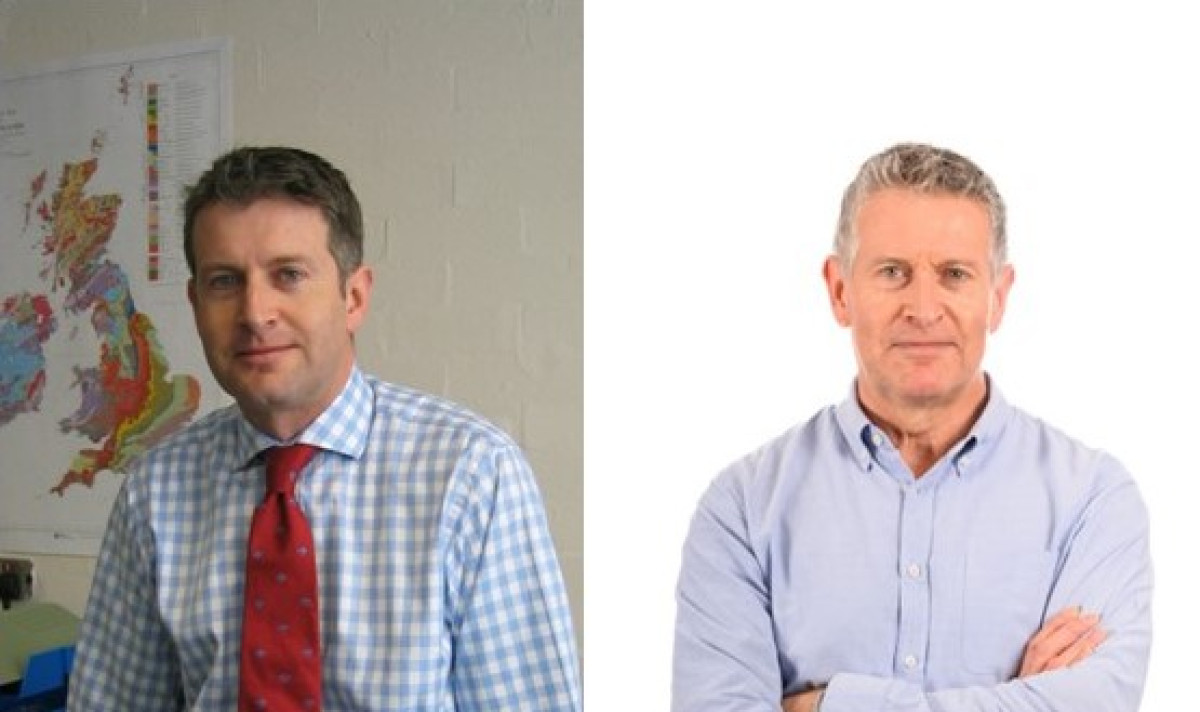
…on 3rd January, 2003, fresh-faced and suitably dressed, that I started GEA. Twenty years later, I've lost my tie, kept most of my hair, if not its colour, and had a great time with some wonderful colleagues.
I had rented a 150 sq ft serviced office in London Colney near St Albans, and arrived on my first day with a desk, chair, fax machine, mobile phone and a laptop. One of my first tasks was to pop over the road to the local printshop to have 50 letterheads printed. How times have changed!
In many ways I started the business at a good time. Personally I was ready, I had a little over 15 years' experience, and was comfortable with what I was good at, and knew other people in the industry to bounce questions off when I wasn't sure. I had been running another business for a few years so was well known and I had good contacts.
I was able to start all of the company's systems from new, avoiding the pitfalls that I had not enjoyed in other firms. Computing capacity was increasing, so from the start I was able to have all of our records on a local server, and although we still issued paper documents, everything was saved electronically. The systems that were put in place 20 years ago have recently been converted into a really powerful cloud-based system, which allows us to instantly access all of our records almost immediately.
I made the decision at the outset to focus on doing what we are good at, so we have always outsourced our payroll, IT systems, health and safety updates and training, website design and other non-core functions. I also took the decision to use invoice financing – whereby a bank or other financier buys each of the firms debts – as this was the only way that I could plug the problematic cashflow gap between having to pay labs and drillers and getting paid ourselves.
I was fortunate to be joined by a number of former colleagues, including Mike Plimmer, Penny Piddington and Juliet Fuller, all of whom are still at GEA, and by the end of our first year we had a staff of six and had achieved sales of £690,00 – we were still running an overdraft, with my family home as security. By the end of 2004 we had been joined by Martin Cooper, now one of our Technical Directors, who I had worked with some years previously while I was at Wembley Labs and Martin had been on a training placement from Cementation Piling.
We grew steadily and by the end of 2007 we had sales of £2.3m and a staff of 17, but it was another six years before sales topped £2m again. The crash of 2007-2008 initially hit us gently, presumably as ongoing projects continued, but by the end of 2008 workload was slipping and in 2009 and 2010 our sales were significantly down. Our bank was presumably also struggling, and probably having looked hard at our client risk profile they removed our invoice financing facility, which left us with a big cashflow black hole. Our staff were brilliant, agreeing shortened working hours, and our suppliers shared some of our pain, and despite some really difficult times we came through the crash with only one redundancy. In fact we came out of it leaner than before, with better systems in place, and losing invoice financing put us on a much sounder financial footing.
It was during the downturn that we started doing basement impact assessments (BIAs) and ground movement analyses (GMAs). We had always done more than just ground investigations – we only do interpretive reporting for example – and the prevalence of domestic basements, and the increasingly rigorous basement planning requirements, gave us an opportunity to marry our expertise in doing ground investigations in difficult places with our analytical expertise. I think it also helped that I lived in North London at the time, as I knew many of the sites that were being discussed and have a good knowledge of the local geology. Although we can now work from wherever we like there's still a lot to be said for good local knowledge.
Our involvement with BIAs and GMAs has increasingly led us into other ground movement assessment work, including movements of tunnels, sewers, retaining walls, sculptures and memorials, as well as retaining wall and pile analysis. Over the years we have increased our computing capability and we now have a range of cloud-based software to support our analytical work.
Since 2010, the business has grown steadily and sales have just topped £4m and we have a staff of 27 with offices in Herts, Notts and Manchester. It's been hard work at times – COVID and the hike in professional indemnity premiums being the most recent challenges - but always great fun and most importantly we've thrived by doing the right things and being respectful of each other and everyone we've worked with.
Over the next few months we'll be looking back at some of the projects that we have really enjoyed working on – and some that we haven't – and some of our staff will be giving their experience of working at GEA.
Related News